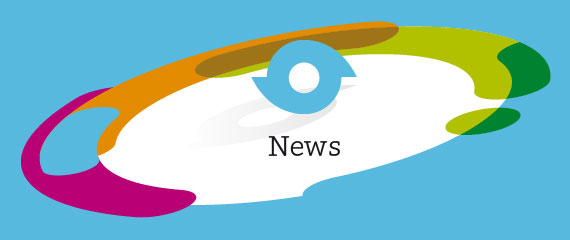Is it ethical to 3D print a human skull?
Have you ever looked at an artwork and wondered how it was made and what it looked like when the artist just finished it? Technical art historian and external PhD candidate Liselore Tissen looks at this in her research. And she does so in a remarkable way: by making 3D copies.
Liselore Tissen is an external PhD candidate at the Leiden University Centre of Arts and Society and Technical University Delft. She researches the impact of 3D printing in the art world and how this technology challenges notions of authenticity. LeidenGlobal talked with Tissen about what makes her tick.
You studied art history and are now researching the 3D printing of art. Why this interest in technology?
When I was a graduate student, my current Ph.D. supervisors wanted to examine what it means to 3D print artwork. They looked for someone who wanted to write their thesis on this topic. I immediately thought: that’s super cool, I want to do this. I have always been interested in the beta side of things and I game and create websites in my free time. During my bachelor’s in art history I also discovered that I do not care much for the history part. Of course, it is incredibly relevant but I’m more interested in the future. So that’s how I started working on 3D printing.
What are the advantages of 3D printing?
You can find out how an artwork changed through time, from when it was just painted to now. Plus, you can touch 3D reproductions. That is how I discovered that Rembrandt was really good at adding depth to his works. I always thought he created depth by applying thick layers of paint, but once I touched the 3D print, I realised that this wasn’t the case. 3D printing can thus help art historians and restorers understand the object more profoundly. However, it also leads to questions about authenticity. Which Girl with the Pearl Earring is more authentic, the one in the museum or the reproduction that comes closer to Vermeer’s original conception? These questions interest me.
What is the aim of your research?
I want to bridge the gap between technology and the humanities. There’s a lot of misunderstanding. In the humanities department, many people are intimidated by quickly developing technology. On the other hand, technologists have a hard time understanding the importance of social issues. That’s where humanities comes in. I want to unite these sides.
I also want to make art more approachable and inclusive, because art is for everyone. 3D printing can help with this. People can touch and interact with 3D prints, which they cannot do with the original artwork. This way, visually impaired people can also experience art. And 3D prints can be hung in elderly homes, where many residents cannot visit museums anymore. Sometimes I just ask random people on the street: hi, I am going to research Girl with the Pearl Earring, do you want to help? Everyone loves that. Participating makes them feel like they also have the right to judge art. I believe that they don’t have to be experts. In that way, the art world becomes more open. Not just for the elite, but for everyone.
What was your favourite project?
My favourite project was 3D printing a Mixtec skull at Museum Volkenkunde [now Wereldmuseum Leiden]. It raised questions: is it ethical to 3D print a human skull? In my research, I am driven by curiosity. I don’t care about big names. Sometimes museums tell me: we still have a Rembrandt for you. Nice, but no thanks, there's already so much research about him. I’d rather work on a piece by Theo van Doesburg than Mondriaan. There’s a lot more to be discovered.
Curious to see Liselore Tissen at work? Watch her discover new masterpieces with 3D printers in this video by Universiteit van Nederland (in Dutch).
Interview by LeidenGlobal intern Michon Leenders
September 2023

